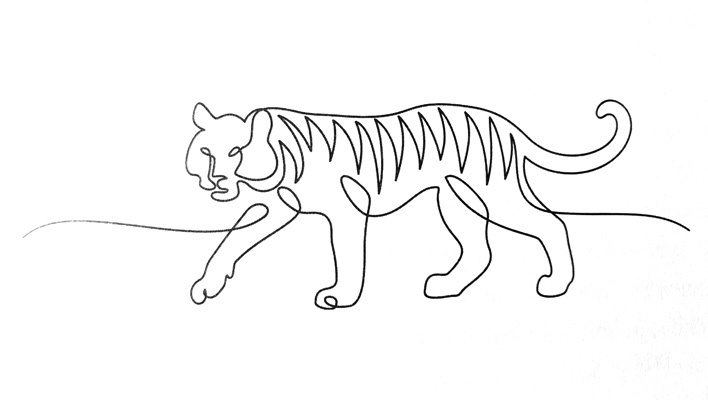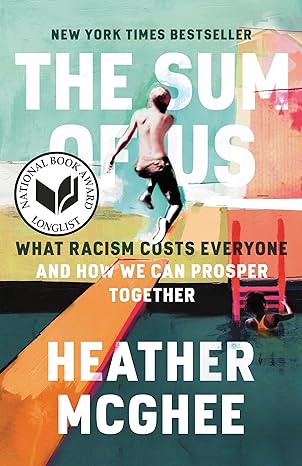 I just finished Heather McGhee’s book The Sum of Us.
I just finished Heather McGhee’s book The Sum of Us.
I had a hard time getting through it, to be honest – the book started strong, but it became repetitive and – to a degree – stretched its point a bit.
What is the point of the book? It’s right there in the tome’s subtitle:
What Racism Costs Everyone and How We Can Prosper Together
Her best, clearest example is one she used in a TV interview I saw (which prompted me to buy her book). During the civil rights battles in the South, towns/counties were ordered to allow everyone – regardless of color – access to public pools. Many areas elected to just fill in the pools rather than support / tolerate desegregation.
Who wins there? No one. Everyone lost access to the pools, even those who had previously had access. Yes, private pools – which could discriminate – were built, but that came at a cost, as well (money to build, money to become a member).
And it still left out poor white folks, because they couldn’t afford memberships.
Lose/lose. And probably not what many people thought about this issue at the time or even now. It was just an action by whites to maintain their status quo.
The author continues with other examples (redlining, public schools, subprime loans) and points out – with voluminous data and great anecdotes – how the “anti- black/brown” efforts actually hurts those (i.e. whites) who put these principles/laws/norms in place.
That’s all fine – and eye opening – but she kind of gets out over her skis to prove her point on some matters that, to me, are really not supported by her supposition that racism hurts everyone.
An example she writes about is oil/energy companies and climate change. She correctly points out that most oil execs are wealthy and white, and the ones who will be hit hardest – and soonest – are overwhelmingly poor and not white.
True, but is it really racism at work here, or just a continuation of the process that has made oil execs/companies filthy rich for decades?
In this case, it seems to be the latter. While it’s not a virtue to ignore what is happening to those less fortunate that yourself, it is – to a degree – self-serving human nature. Especially in a capitalistic society (but that discussion, capitalism, is a whole other massive conversation).
But for whatever faults I found in the book, the pluses vastly outnumber the minuses. I learned a lot, and that’s an important yardstick for me. It’s not up to the quality of other race-facing books such as Caste or Between the World and Me (both breathtakingly brilliant and without precedent), but it’s better than, for example, White Fragility or What Truth Sounds like.
Your mileage may vary.
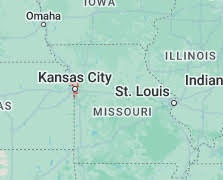
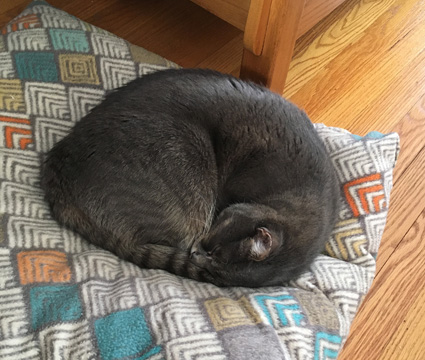
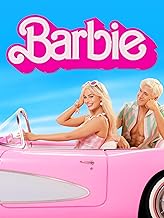 What to say about this meta-movie? It could have gone wrong in so many ways. As it is, it’s imperfect and a little confusing (yes, a Barbie movie confusing) at times, but – overall – it’s magical. Pure entertainment.
What to say about this meta-movie? It could have gone wrong in so many ways. As it is, it’s imperfect and a little confusing (yes, a Barbie movie confusing) at times, but – overall – it’s magical. Pure entertainment.
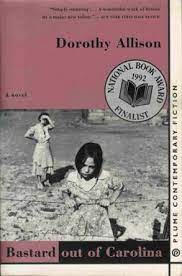
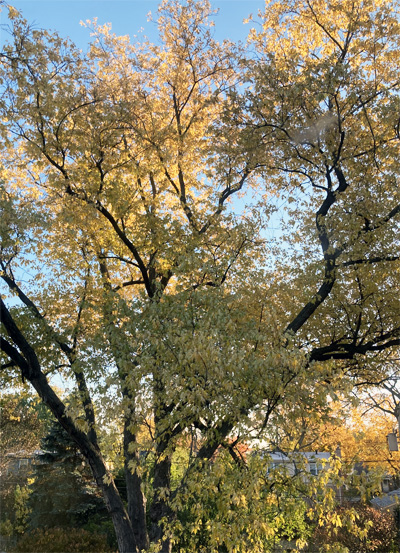 In my last entry, I noted that his fall’s colors have not been as spectacular as other years, and blamed the deficit on the dtry spring we had.
In my last entry, I noted that his fall’s colors have not been as spectacular as other years, and blamed the deficit on the dtry spring we had. I’m gassing up my car on the way home from the eye doctor.
I’m gassing up my car on the way home from the eye doctor.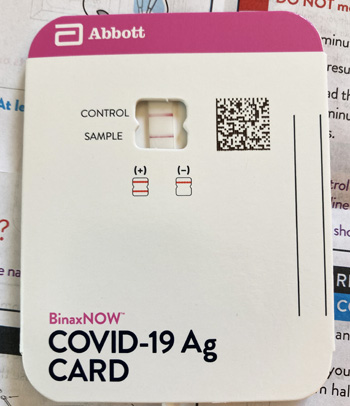 Well, I did my best for three and a half years: Masks when needed, fully boosted, minimal social contact.
Well, I did my best for three and a half years: Masks when needed, fully boosted, minimal social contact.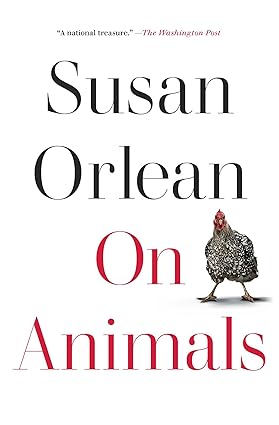 Well, it took me several months to plow through it, but I finally finished Susan Orlean’s essay collection, On Animals.
Well, it took me several months to plow through it, but I finally finished Susan Orlean’s essay collection, On Animals.